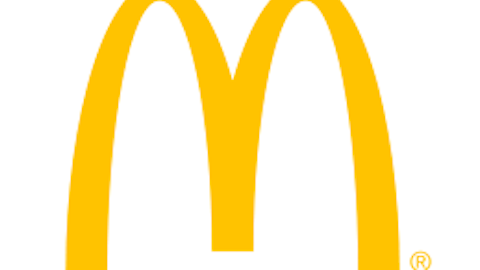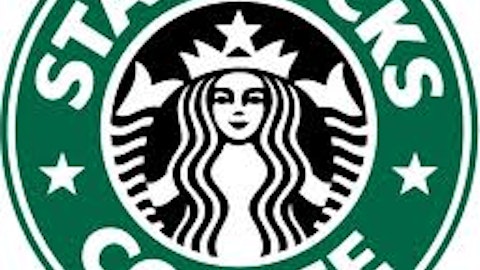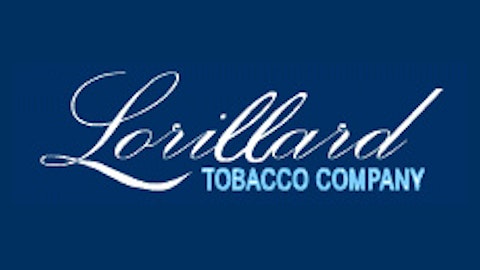Diversification is always a hot topic among retail investors. In my opinion, there are many who have a skewed perspective when it comes to diversification, believing that index investing is most effective. However, we have more than a decade of proof that this is incorrect, and proper diversification must be changed according to current market conditions. As a result, I am sharing my views, as I have experienced success in a flat market, and am looking at the importance of secular diversification in particular.
This Isn’t Your Father’s Market
If you were to go into your money manager or financial advisor’s office he/she would show you a chart reflecting an incredible annualized return, most likely 30 years, of more than 12.00%. This can be appealing to many, but as many retail investors know, this return is not reflective upon our current market, but rather the bull markets of the ’80s and ’90s.

New Age Diversification
A successful portfolio strategy in this market consists of secular, cyclical, and speculative investments that serve an actual purpose within your portfolio. This works more effectively than trying diligently to own a stock in every single industry with no more than 7% of your portfolio being in one stock. The truth is that there is no one size fits all, and diversification should be determined by the size of your portfolio, as goals change with wealth.
One of the key pieces in a new age portfolio that is built to succeed in any market is a balanced position in secular companies. These are investments that will remain consistent regardless of the economy, such as food, drugs, and some retail. Like I said, there is not a one size fits all approach with this strategy — someone with a smaller portfolio may want fewer secular investments to take on more risk, while someone with a larger portfolio may prefer more secular investments for security. Therefore, here are a few things you want to look for in a good secular investment, and a few good stocks that meet the requirements:
- Low beta (stocks that trade with less volatility than the market)
- P/E ratio below the S&P 500/sector (roughly 16x)
- High yield (investments that outperform bonds)
- High ownership (consistent ownership with institutions)
- History of raising the dividend & returning capital to shareholders
- Industry (no technology or services stocks)
Of course there is more than goes into finding a good investment in addition to the things listed above. However, this is a good starting point, and will allow you to then narrow your selections. Therefore, here are a few top stocks that meet the requirements.
| Company | Ticker | P/E Ratio | Yield | 5-year Dividend Increase | Institutional Ownership | Beta | Industry | |
| Lorillard Inc. (NYSE:LO) | 14.64 | 5.35% | 245% | 98% | 0.37 | Tobacco | ||
| Dr Pepper Snapple Group Inc. (NYSE:DPS) | 14.50 | 3.54% | 125% | 98% | 0.72 | Beverages | ||
| Eli Lilly & Co. (NYSE:LLY) | 14.83 | 3.61% | 6% | 73% | 0.68 | Drugs | ||
| McDonald’s Corporation (NYSE:MCD) | 17.77 | 3.23% | 105% | 64% | 0.38 | Restaurants | ||
| The Southern Company (NYSE:SO) | 16.73 | 4.80% | 25% | 46% | 0.26 | Utilities | ||
| The Clorox Company (NYSE:CLX) | 19.41 | 3.08$% | 60% | 71% | 0.39 | Personal & Household | ||
If you have a portfolio in the neighborhood of $200,000 then the above holdings might be ideal. This secular portion of the portfolio has tobacco, beverages, drugs, restaurants, utilities, food processing, and personal & household products. It indirectly is very diversified, yet cherry picks the strong holdings from each industry, rather than index investing in an entire sector and buying the garbage with the diamonds.
So what makes these select few stocks above so special? Honestly, nothing, these are just examples, and would fit into a portfolio. However there are several good selections in the market.
- Lorillard has gained more than 65% over the last five years and still trades below the market in terms of valuation. It is a tobacco company, and if there’s anything we’ve learned it’s that people will continue to smoke in any market regardless of its health risks or the number of commercials or politicians that protest against smokers, or regardless of tax increases implemented.
- Most investors prefer The Coca-Cola Company (NYSE:KO) or PepsiCo, Inc. (NYSE:PEP) in the beverages space. However Dr Pepper Snapple trades with a lower P/E ratio, better dividend, and has performed better with a 65% gain over the last five years.
- Eli Lilly is among the few large pharma companies expecting flat revenue in 2013, and has been minimally affected by the patent cliff. The company has a great yield and remains consistent in the market.
- McDonald’s, much like Lorillard, will perform well regardless of market risks. In fact, McDonald’s actually performs better in down markets, most likely because it is affordable for consumers.
- The Southern Company is a utility company in a growing market. Of course there are other good selections such as American Electric Power Company, Inc. (NYSE:AEP) or Consolidated Edison, Inc. (NYSE:ED), however SO has traded with the least amount of volatility; exactly what you seek in a secular investment.
- The Procter & Gamble Company (NYSE:PG) is the preferred choice in the household products space; however The Clorox Company is the better investment. Clorox is expected to see greater growth in 2013, is cheaper compared to sales, pays a better dividend, has returned more capital to shareholders, has a lower beta, and higher institutional ownership. Therefore, it’s better.
Conclusion
In my new book, Taking Charge With Value Investing (McGraw-Hill) I discuss diversification on many different levels, and the topic in this article barely scratches the surface of new age diversification. However, the idea of how to diversify in a flat market remains the same — that is to prepare for a flat market but to be prepared for a bull market with good value investments. The principles in this article provide a good head start in preparing yourself for the next decade.
The article Diversifying with Secular Investments in a “New Age” Market originally appeared on Fool.com and is written by Brian Nichols.
Copyright © 1995 – 2013 The Motley Fool, LLC. All rights reserved. The Motley Fool has a disclosure policy.





